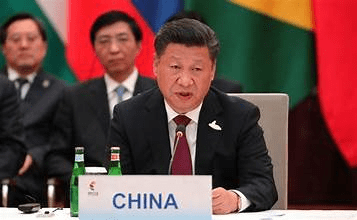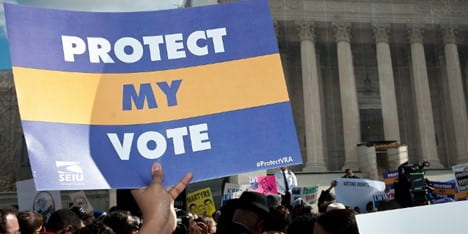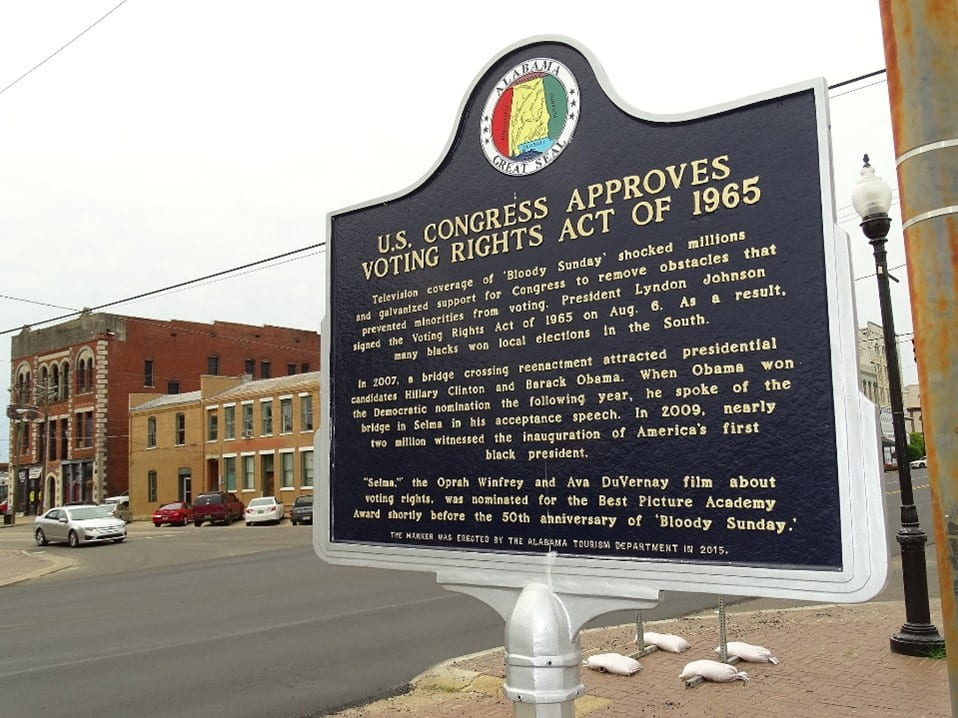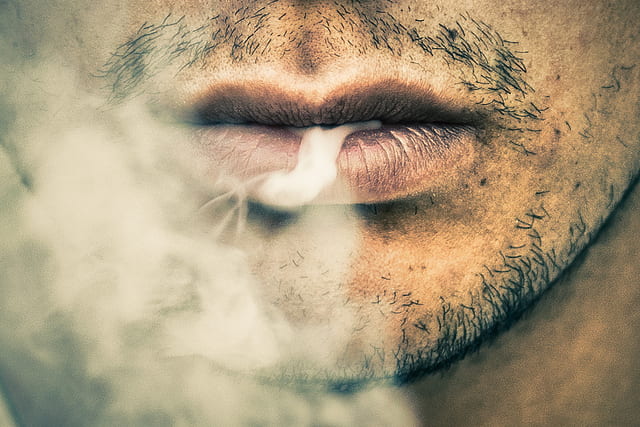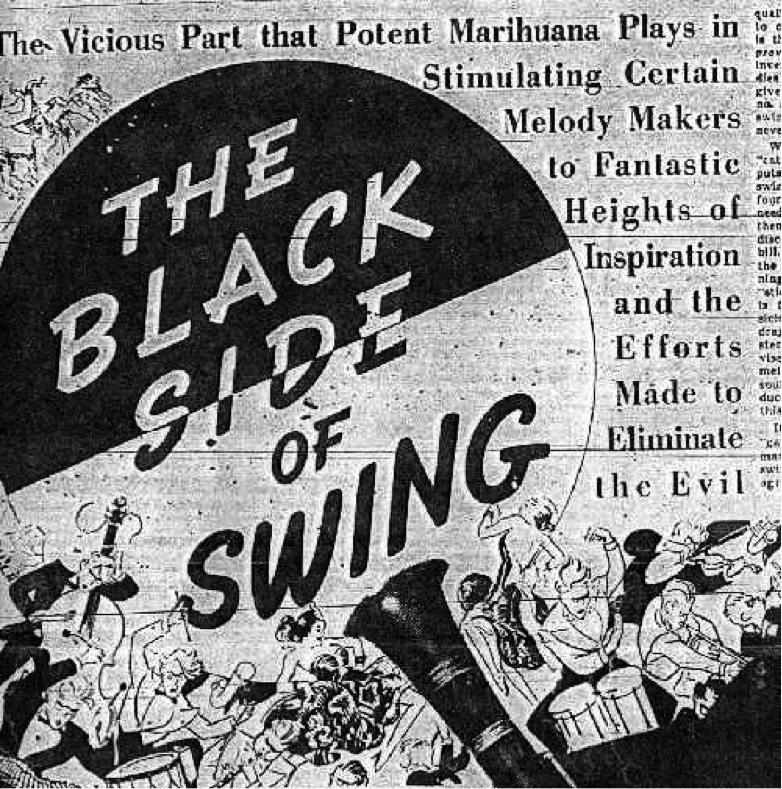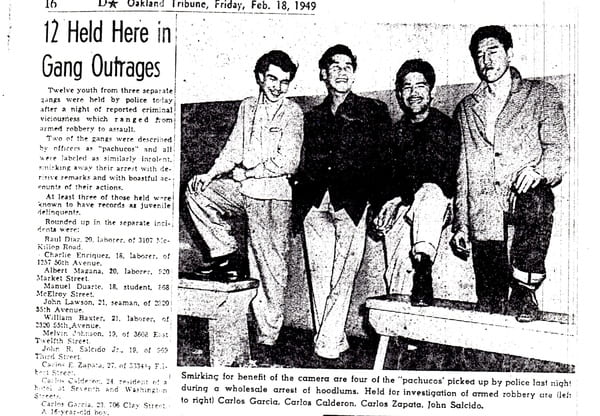When thinking about malaria, we tend to forget its impact across the world. Especially living in the global north, my experience with malaria has been restricted to my coursework; however, the reality of the disease is that it exists and poses a prominent issue in many countries across the world. The illness, spread by a mosquito vector, had over 247 million cases in 2021; this spanned across many regions worldwide, primarily impacting Africa.
In recent years, the WHO (World Health Organization) has worked in many different countries to eradicate malaria and has successfully done so with their WHO Guidelines for Malaria. An example of these guidelines being successful is Algeria, which reported its last case in 2013. However, a recent accomplishment in the world of malaria has been noted, which is the eradication of the disease in Egypt. For decades, Egypt had struggled with the disease and the associated outcomes.

Malaria’s History in Egypt
The nature of Egypt had made it susceptible to the fruition of the illness. Historically, the disease was tested around the Nile Delta and Upper Egypt, tracing back to 4000 B.C.E. As most of the population was concentrated in these areas, it led to the development of disease impacting millions of individuals. In recent history, the illness has contributed to the fragility of the country, ranging from increased economic losses, inflated healthcare costs, and decreased labor productivity.
The first ever effort to control malaria can be dated to 1950, with the introduction of dichloro-diphenyl-trichloroethane (DDT). This initial intervention was an insecticide that was used to help not only reduce the mosquito population but also address the development of typhus and other insect-borne diseases. However, this intervention resulted in some resistance amongst the community and additional environmental concerns; as of 2001, the intervention was observed as a possible human carcinogen and has since been banned in Egyptian agriculture.
In 1969, the creation of the Aswan Dam posed a new risk for the development of disease, all of which resulted in the need for new interventions. With additional adjustments to the approach against malaria, in the 1980s, the WHO helped push towards the eradication of malaria in Egypt with their eradication program. This program included regions like Africa, the Americas, Asia-Pacific, and the Middle East and Eurasia. This resulted in outcomes such as reducing the number of cases by 300,000 between 1980 and 2010. Though these outcomes are significant, those with limited access to healthcare were still disadvantaged in the global conversation.

The New Approach to Malaria
Building upon previous interventions, additional interventions have been explored in the past few decades; these have contributed meaningfully to the eradication of malaria in the country. Before mobilizing interventions, it is important to educate communities about what malaria is and develop trust in proposed interventions. The Egyptian government, in collaboration with different NGOs (Non-Governmental Organizations), launched different campaigns that reached communities all across the country; these talked about prevention, symptoms, and where people can find diagnostic centers. These were taught in schools, local community centers, and other locations to ensure that populations were able to access the information needed to become a part of the solution. This resulted in an 80% increase in malaria case reporting in disproportionately impacted areas by 2020.
These education opportunities are coupled with healthcare access and monitoring. By improving the healthcare infrastructure, treatment facilities were able to strengthen their interventions for those impacted by malaria. However, with recent inflation and economic instability in the country, with the support of international supporters, these interventions became even more accessible by being low-cost or even free. With the additional investment into data collection and monitoring systems, the Egyptian Ministry of Health was able to monitor trends in malaria incidence and collaborate with healthcare providers to mobilize and target interventions for those who need them most. With the compounded efforts of treating and monitoring malaria, strides were made to help understand the spread of malaria in the country.
Beyond education and monitoring, it is valuable to identify interventions that would be accessible to the population. These interventions must be easily understood to ensure they are efficacious. Vector control is noted to be central to Egypt’s strategy. Leveraging the use of insecticide-treated bed nets was the most prominent intervention; by 2019, 3 million of these nets had been distributed to reduce the incidence of malaria, especially in high-risk areas. This, coupled with indoor spraying, helped reduce malaria cases by 90% in over 2 decades.
Malaria Eradication is a Victory for Human Rights
As outlined in the International Covenant on Economic, Social, and Cultural Rights, the right to health is fundamental to human existence. By working to eradicate malaria in the country, Egypt has made strides to fulfill this right for its citizens of all socioeconomic classes.
Egypt’s victory brings hope to the fight against malaria; not only can public health interventions align with human rights, but they can create a sustainable model for health equity. Many countries in the global south are in a place that Egypt was in not too long ago; as global communities begin to face the amplification of health issues, Egypt’s framework and history of eradication can be seen as a success and applied to other countries.
Now that malaria is off the docket of issues Egypt faces, it is not time to focus on addressing other inequities the country is facing. As health equity is improved in the country, issues such as mental health, maternal and child health, and non-communicable diseases can be addressed with the utmost efficiency, helping improve outcomes in the country.




















